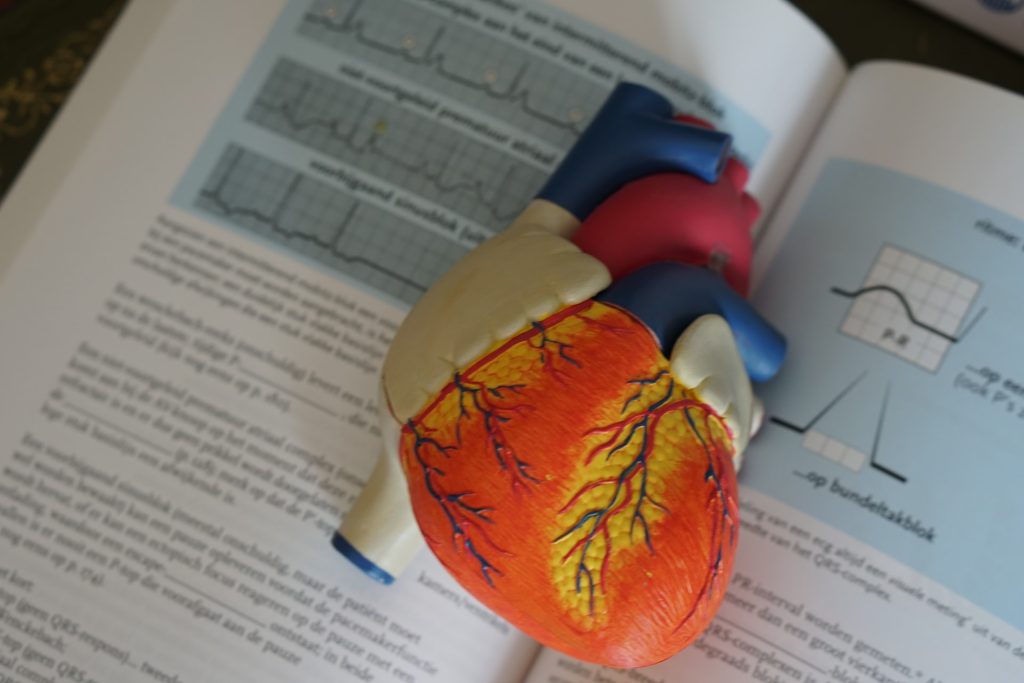
Harvard Medical School researchers have updated our understanding on how electrical impulses in the heart travel from cell to cell. Their findings are published in the journal Biophysics Reviews.
Disturbances of the bioelectrical processes behind heart’s rhythm can result in cardiac arrhythmias, a common ailment that can lead to illness and death.
A pacemaker within the heart takes the role of an electrical clock, signalling the heart to contract. The whole muscle moves simultaneously, because each individual cell inside of it contracts in a coordinated manner and within a short time interval.
To accomplish this, the pacemaker’s initial electrical impulse rapidly propagates through cells across the heart.
“If one cell is excited electrically and the other is not, the excited cell becomes positively charged inside, and the resting cell is still negatively charged inside. As a consequence, a voltage gradient builds up between the cells,” explained study author André Kléber. “If you have a voltage gradient and a pathway with a low electrical resistance, a local current will flow.”
The connections between cells which make up the low resistance pathway and facilitate the current flow are called gap junctions. Each is made up of numerous channels, which are formed when specific proteins from one cell connect to and fuse to the proteins from another cell. According to Kléber, the fusing proteins look like placing the tips of your fingers on one hand to the fingers on the other hand.
The researchers investigated the properties of gap junctions and connexins, their constituent proteins. Kléber explained that one reason why gap junction channels are interesting is because they are a highly dynamic system in equilibrium. The creation of the channels equals the destruction.
“The turnover is very short,” he said. “On one hand, the system is very stable during your whole life. On the other hand, if you measure it, it is constantly cycling in periods of a few hours.”
The proteins found in gap junctions are also important for processes not directly related to cell-cell connections, like mitochondrial function, which produces energy, and trafficking, which transports molecules from their synthesis site to their site of action in the cell interior.
“You have to refrain from the idea that if you define the role of a protein in the body, that it has only a single function,” said Kléber. “Nature is much, much smarter than human beings.”
Source: American Institute of Physics
Journal information: Kléber, A.G & Jin, Q., (2021) Coupling between cardiac cells—An important determinant of electrical impulse propagation and arrhythmogenesis. Biophysics Reviews. doi.org/10.1063/5.0050192.

